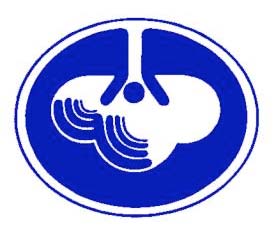Microsoft word - mensaje_bioquimico paginas iniciales_2005final4.doc
Flores Herrera O, Rendón Huerta E, Riveros Rosas H, Sosa Peinado A, Vázquez Contreras E, Velázquez López I (eds). Mensaje Bioquímico, Vol XXIX . Depto Bioquímica, Fac Medicina, Universidad Nacional Autónoma de México. Cd Universitaria, México, DF, MÉXICO. (2005). HITOS EN LA HISTORIA DE LA BIOQUÍMICA Hace . . . 5, 10, 15, 20, . . . y más años En el año Venter y
 For the many families and teachers of school-aged children, head lice continue tocreate some concerns and cause minor frustration. Curtis School intends to outline
roles, responsibilities, and expectations of the school community to assist with treating
and controlling head lice in a consistent and coordinated manner. While parents have
the primary responsibility for the detection and treatment of head lice, our school
For the many families and teachers of school-aged children, head lice continue tocreate some concerns and cause minor frustration. Curtis School intends to outline
roles, responsibilities, and expectations of the school community to assist with treating
and controlling head lice in a consistent and coordinated manner. While parents have
the primary responsibility for the detection and treatment of head lice, our school